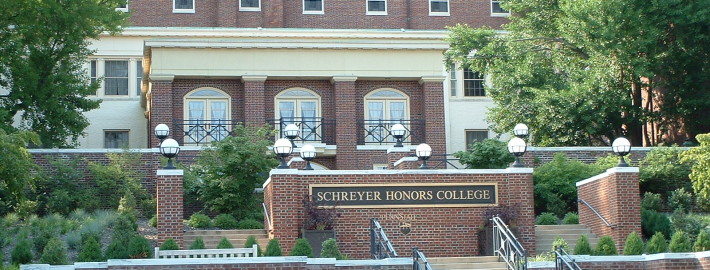Resources for Your Target Schools List
U.S. News & World Report just released its annual College Rankings issue, the most popular of several reviews and rankings of colleges by publications such as The Wall Street Journal, Money, Forbes, Princeton Review, Kiplinger’s, Washington Monthly, and Barron’s. These are helpful tools available for your use in researching colleges and developing a list of schools to which you’ll apply in senior year.
We recommend that you use these resources with this caveat; no third-party publication ranks colleges according to your personal criteria. Based on your research, and with the expert guidance of your IvySelect college admissions consultant, only you can identify those institutions that fit you best.
In the early stages of our engagement with you, your IvySelect consultant works with you to develop an in-depth personal profile, including your academic record, interests, educational and career goals, talents, accomplishments, preferences, and strengths. Combining this unique information with our knowledge and experience, we prepare a strategic plan that suits you as an individual.
Among the purposes of the strategic plan is to guide you in building a list of those schools that fit you best.We recommend a list of 12 or 13 schools in three different categories, Target, Reach, and Safety, balanced in a way that optimizes your ability to achieve your educational goals. These categories are described below:
Target
A target school is one at which your academic record (GPA adjusted for AP classes, SAT/ACT results, and class rank) falls within the middle third of applicants admitted to past freshmen classes. It’s reasonable to expect acceptance by target schools, although there’s still an element of risk due to fluctuations in application volumes and the quality of applicants.
Safety
A safety is a school at which your academic record equals the top tenth of those admitted to past freshmen classes. You should feel confident that you would be admitted to your safety schools. In our role as advisor in the development of your target list, IvySelect makes sure that your safety schools appeal to you.
Reach
A reach school is one at which there is the potential for admission if your academic qualifications put you in the range of students applying to that institution and you have exhibited high-level talents or characteristics that provide you with a hook. Some elite schools have such low acceptance rates that they represent a reach, in effect, for everyone who applies to them.
As a college admissions consulting firm specializing in Ivy League and other top-tier institutions, we at IvySelect are often asked which resources are best to use in the initial stages of researching institutions and, later, in refining a list down to the optimal 12 or 13 schools. When you’re narrowing down the field, you need to be sure that you’re guided by reliable information. There are different types of resources available to help you develop your college list. We distinguish most of these as being either subjective or objective in nature.
Subjective guides don’t feature statistical analysis, but they help you get a feel for how comfortable you’ll feel at a particular school. One good example is the Fiske Guide, which provides two or three page summaries of each school. It includes information about the academic programs, popular majors, intellectual climate, campus, accessibility of professors, athletics, social environment, and the geographic area in which the school is located. The Yale Daily News publishes the Insider’s Guide to Colleges, which is a similar compilation of reviews of colleges and universities.
In addition to considering subjective reviews, you should also research schools from a statistically analytical perspective that compares objective data. The Complete Book of Colleges from the Princeton Review has helpful information on admissions that you should consider prior to deciding which schools are right for you. The Profile of American Colleges from Barron’s also has detailed information on the competitiveness of institutions and breaks their selectivity into tiers.
There are other resources that don’t fit into either category because they’re hybrids of both. These include the annual rankings of colleges and universities that are based on proprietary methodologies. The guide most commonly used is the U.S. News & World Report followed by the other ranking resources named in the first paragraph. As college admissions counselors, we advise you to take these resources with a grain of salt. The rankings are far from definitive – at best, they can give an indication of the range of a school’s quality. Still, they can be a starting point to consider a school’s reputation among its peer institutions.
Be sure to check out the websites of each school that you’re considering. This primary resource, while presented from the subjective perspective of the institution, offers a wealth of information about the academic, social, and extracurricular options available. You can learn details about admissions, majors, athletics, dining options, residences, and campus life.
It’s also a great idea to visit college campuses. It can be difficult to get a realistic feel for a campus from a school’s website and other research materials. Walk around, visit the dining areas, see the classrooms, and talk to people. Visiting institutions will give you a feel for the type of campus that suits your preferences.
Finally, be sure to use IvySelectas your college admissions consulting firm to help identify the best schools for you. We’re an invaluable resource for high-achieving students who aspire to gain admission to the most elite institutions.





